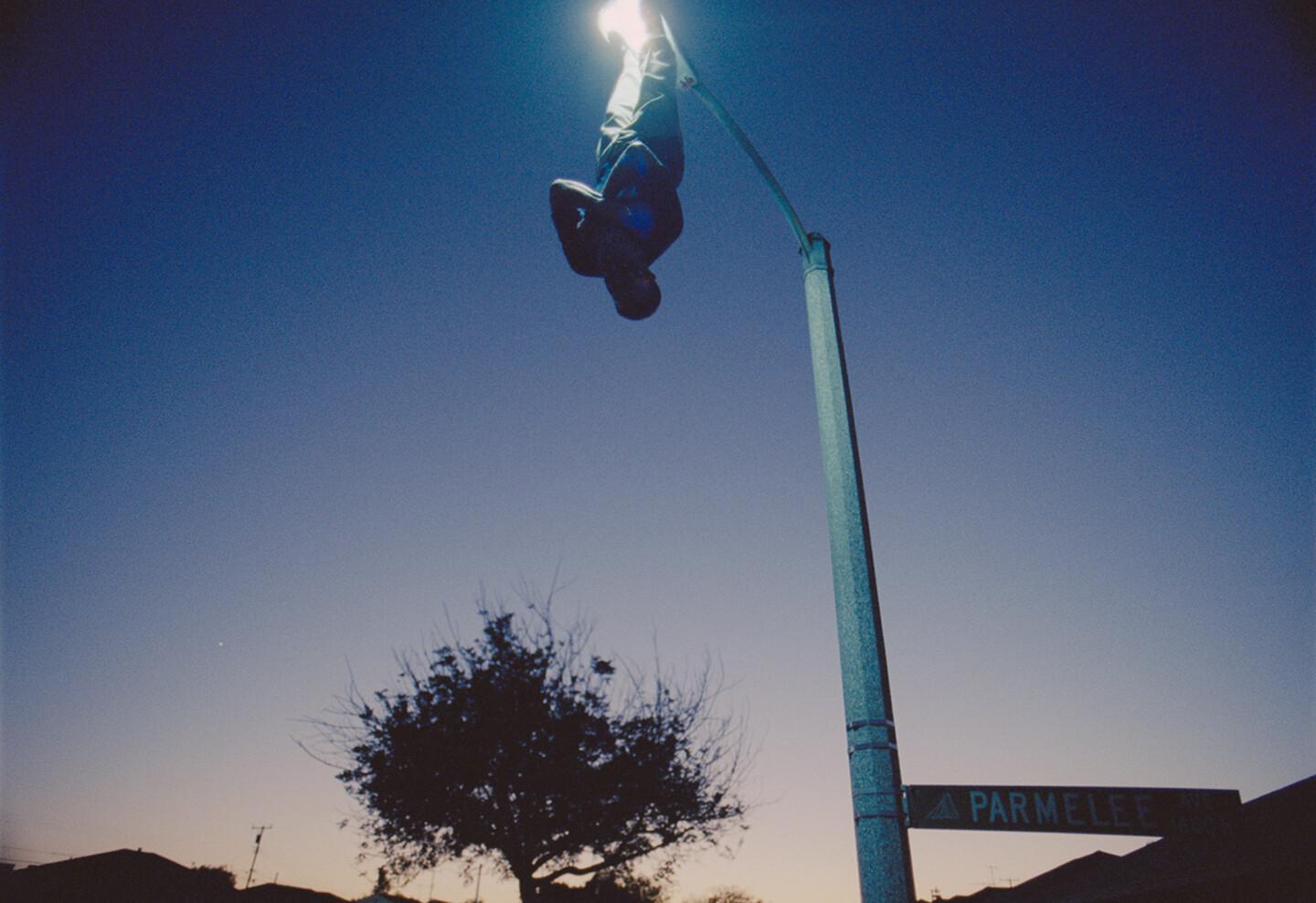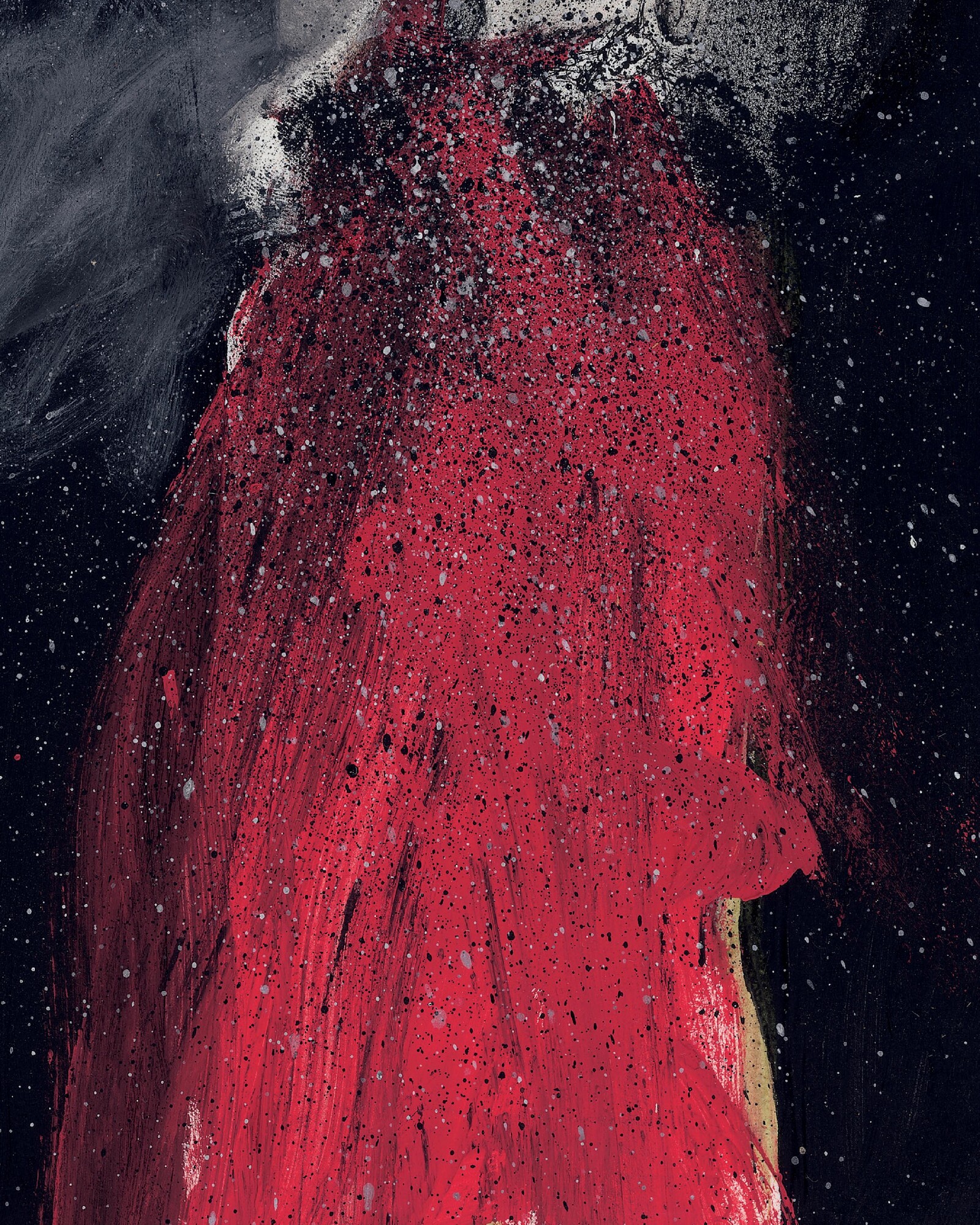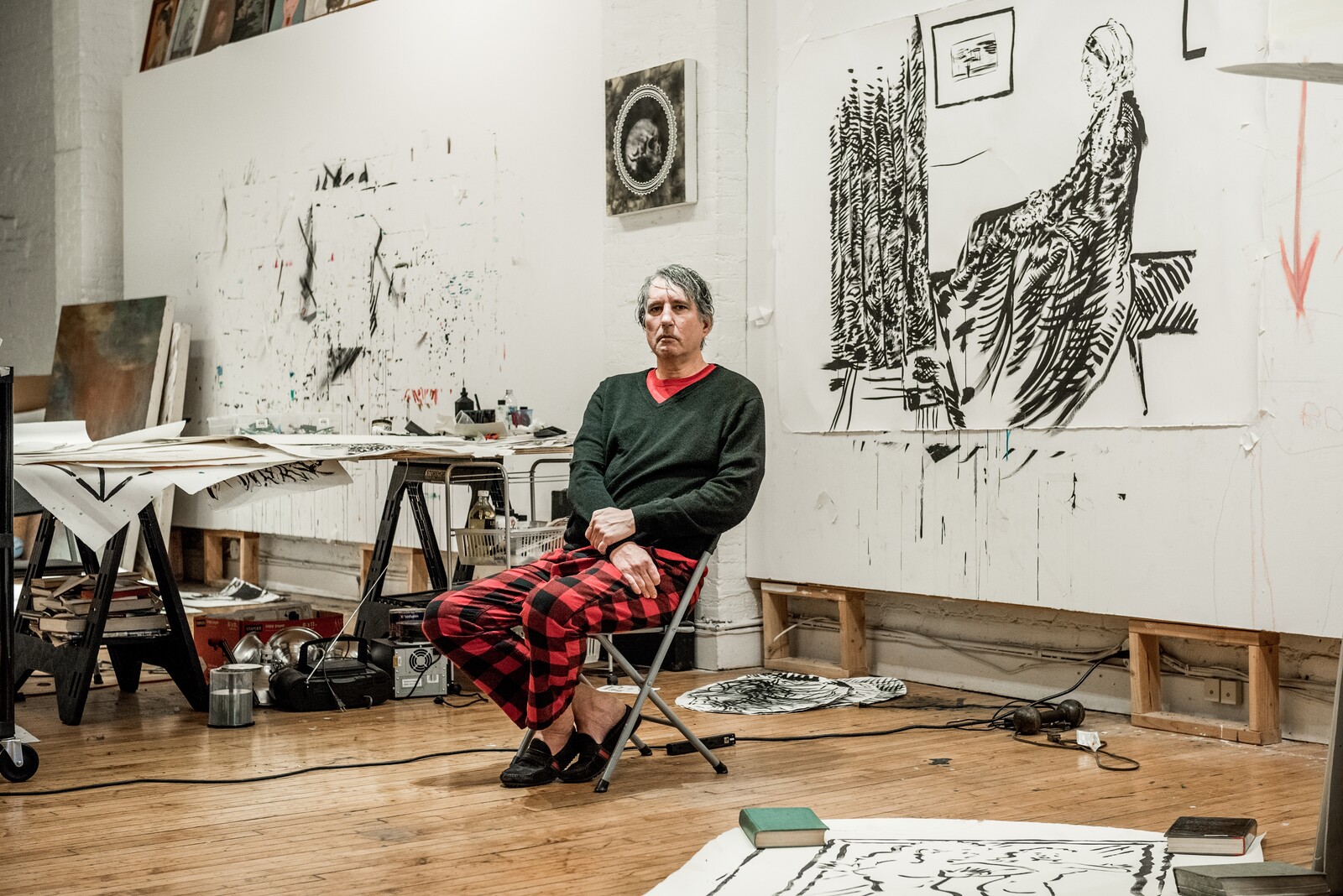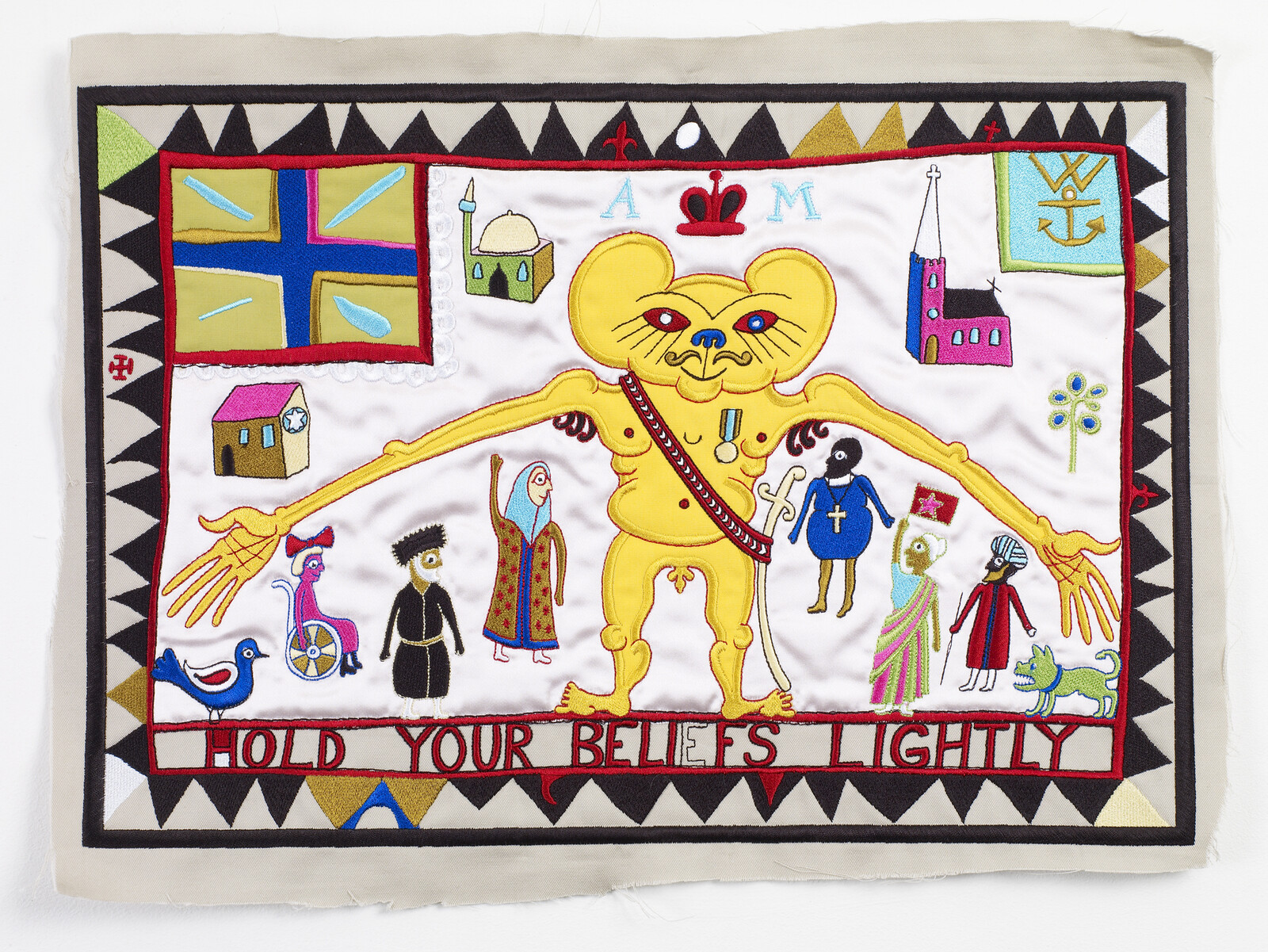NEW SUNS
December 1, 2017–March 25, 2018
Avenue Ceramique 250
6221 BS Maastricht
The Netherlands
The Bonnefantenmuseum is the first European museum to present a major solo exhibition by the American artist and filmmaker Kahlil Joseph. The exhibition NEW SUNS comprises room-sized multidimensional film installations, complemented by the work of artists like Arthur Jafa, Noah Davis and Henry Taylor, to whom Joseph feels closely related. In addition, Joseph is showing his new autonomous film work The Philosopher, which has not been seen before.
Kahlil Joseph (1981, Seattle, US) was encouraged from an early age by his parents Keven Davis and Faith Childs-Davis to take an interest in art. At the end of the 90s, Joseph left Seattle for Los Angeles, where he went to Loyola Marymount University, following in his parents’ footsteps. There, he studied film, and the lessons in Asian cinema and the unconventional contemporary films in this spectrum that he watched revolutionised his approach to the medium of film. He departed from the traditional method of filming and focused on his own way of telling stories, based on his perspective and his Afro-American identity. Mainly due to his collaboration with film director Terrence Malick, Joseph largely developed his own style, which is visible in commercial productions for artists like Flying Lotus (2012) and Kendrick Lamar (2013). But it was only when—independently of one another—the curators Kara Walker and then his brother Noah Davis (1983-2015) included his works in various group exhibitions in 2014 (respectively in the Institute of Contemporary Art in Philadelphia and The Underground Museum in Los Angeles), that he laid the foundations for his artistry and refined his style. Recent exhibitions in The Museum of Contemporary Art (Los Angeles), the New Museum (New York) and Tate Modern (London), and at Art Basel Unlimited, marked Joseph’s definitive breakthrough into the top echelons of the international art world.
In both Joseph’s autonomous work as well as in his commissioned work, his point of view lends him a powerful palette to work from the emotion of life; happiness and pain, life and death, identity and spirituality. Joseph captivates this in quotidian scenes that intersect with eerie, dreamlike imagery. Perhaps even more important than imagery is the music in his work. The image is almost subordinate to the music, which is consciously chosen and subsequently degenerated to new compositions that reinforce new visual images. Joseph likes to call his own works “visual riffs.”










